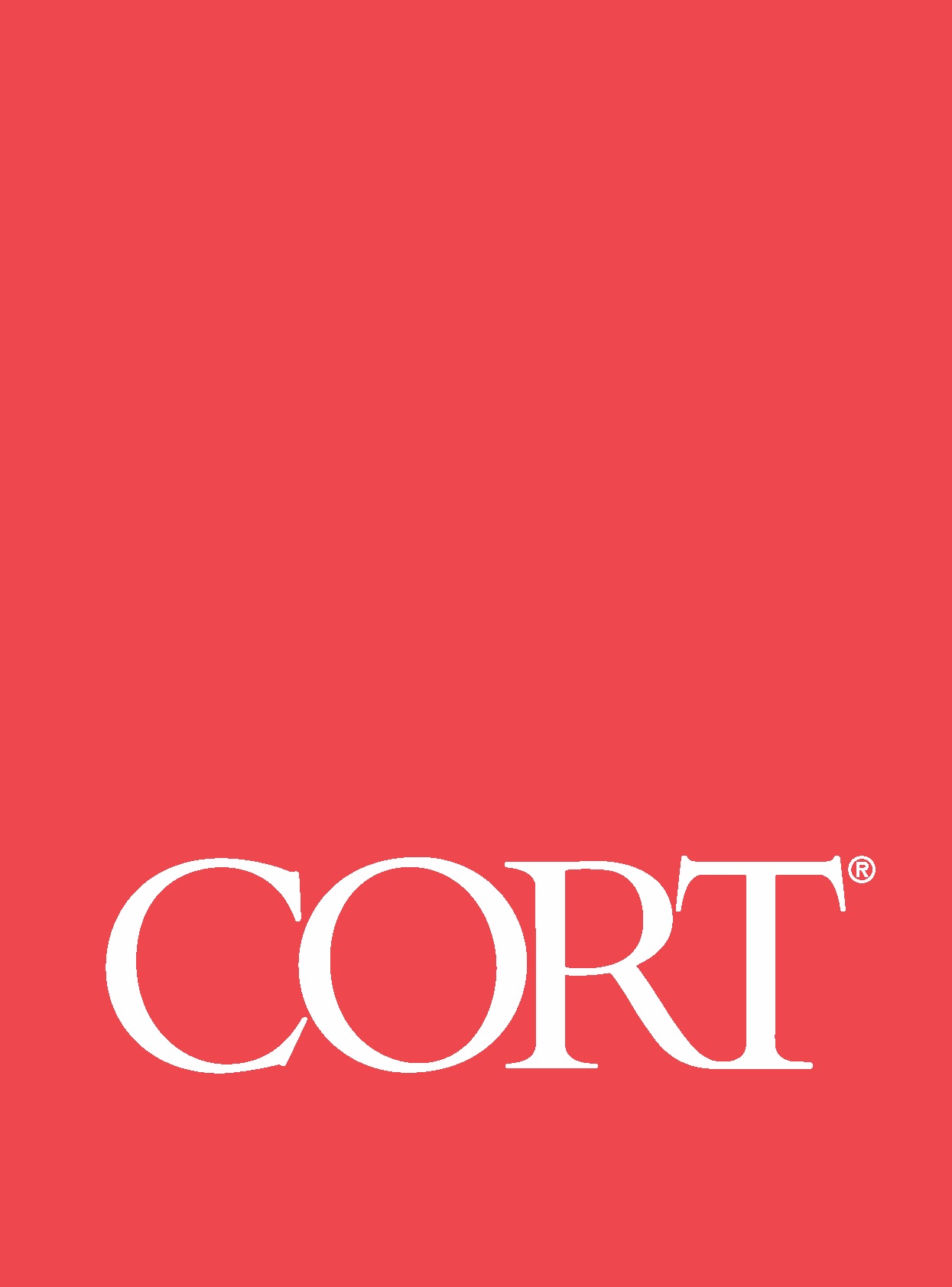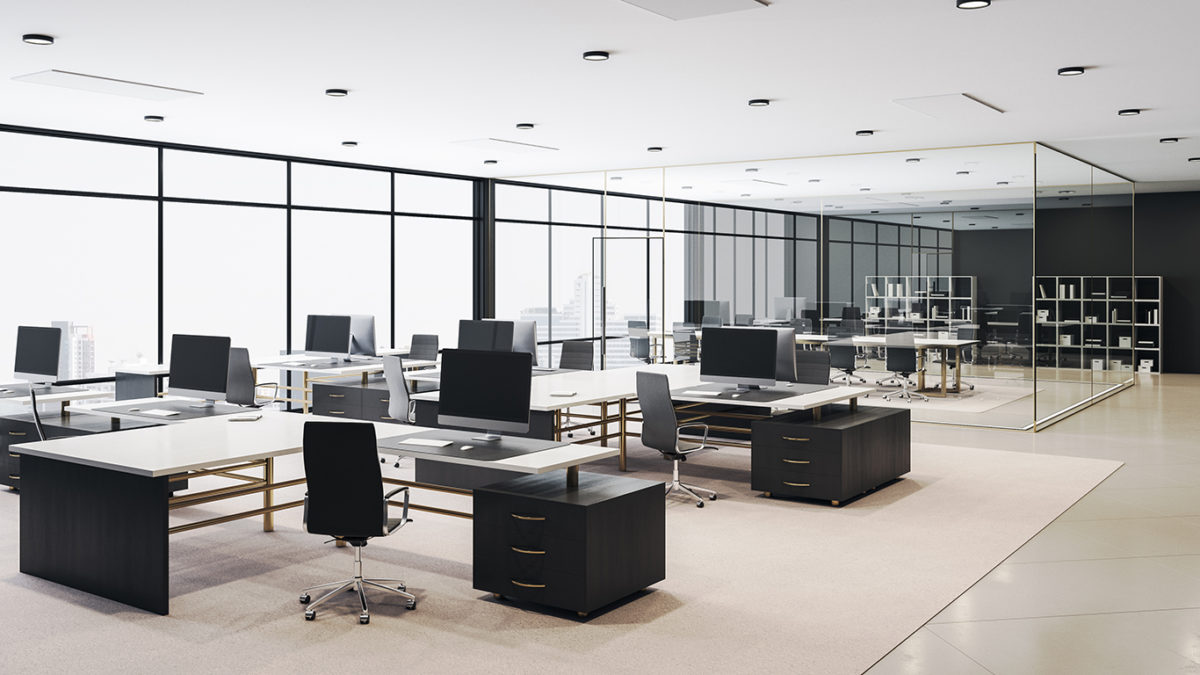How AI Is Reshaping Health Care Workspaces
Artificial intelligence (AI) is quickly transforming healthcare—from diagnostic models to administrative workflows. But while technology evolves quickly, the physical environments supporting it often don’t.
Health systems are investing in predictive analytics, automation, and generative AI tools to streamline operations and improve care. But too often, office and administrative spaces are still rigid, underutilized, or disconnected from how AI-enabled teams actually work.
According to Deloitte’s 2025 Global Health Care Outlook, health systems adopting AI see the biggest impact when it’s combined with non-tech solutions—like workflow redesign, team restructuring, and improvements to the physical environment.
In short: the workspace matters. And in AI-driven health care, it needs to be just as flexible and future-ready as the technology it supports.
Why AI Changes More Than the Tech Stack
To better understand how health care organizations are navigating that shift, we sat down with Shannon Miles for a recent episode of CORT Workplace Talks. Shannon is a regional sales manager and longtime advisor to clients in healthcare, entertainment, government, and beyond.
Shannon sees recurring challenges in these environments: fast-moving change, resource constraints, and teams trying to retrofit old layouts to meet new workflows.
“I can imagine so many customers are feeling overwhelmed—what to do, and where do I start?” says Shannon Miles, Regional Sales Manager at CORT. “My advice is to start with a clear understanding of what the needs and priorities are of the space.”
What AI Actually Changes in the Office
Artificial intelligence isn’t just altering how work is done. It’s changing who needs space, when, and why. In healthcare workspaces, this change isn’t just a tech shift, it’s a spatial one as well.
Many healthcare environments are still built around static assumptions: that work happens at a desk, five days a week, by the same people doing the same thing. That’s no longer true.
Shannon sees it every day:
“Taking the time to talk with those employees that will be in the space… it really allows our customers to stay focused on not only functionality and flexibility, but staff well-being.”
Whether it’s a data analyst on a short-term project or an AI trainer supporting a clinical rollout, these new roles need spaces that flex—and disappear—on demand.
That’s why CORT doesn’t lead with product. It starts with discovery.
By listening first—to the people using the space—CORT identifies what’s working, what’s not, and what needs to flex as AI integration grows.
“Taking the time to talk with those employees that will be in the space… it really allows our customers to stay focused on not only functionality and flexibility, but staff well-being,” Shannon explains.
3 Common AI Workspace Challenges in Healthcare—and How to Solve Them
1. Static Rooms, Dynamic Workflows
Problem: Traditional private offices and fixed meeting rooms can’t flex with agile AI project work.
Solution: Modular workspaces allow teams to reconfigure layouts on demand—ideal for project sprints or iterative development cycles.
2. More Remote Staff, Less Predictable Space Use
Problem: Teams supporting AI tools (telehealth, data analytics, etc.) may not need permanent desks.
Solution: Hot-desking models reduce wasted space while still supporting in-office collaboration when needed.
3. Temporary Talent, Permanent Pressure
Problem: AI rollouts often require temporary space for consultants or engineers.
Solution: Rental workstations and temporary layouts allow facilities to scale without permanent buildouts.
Adaptability Isn’t Optional. It’s Operational.
Shannon sees a gap in how many spaces are planned:
“There’s at times a lack of focus on the adaptability of that furniture,” she says. “Being able to quickly reconfigure or change out pieces—especially for swing spaces or expansion needs—is really important.”
And that’s where CORT fits in.
With a rental model built for healthcare’s pace, CORT allows facilities to scale up, scale down, or rework layouts without permanent construction or overcommitting capital.
“You don’t have to do it alone,” Shannon emphasizes. “Collaborate with experienced partners like CORT who can guide clients through that process.”
How CORT Supports AI-Enabled Health Care Workspaces
Integrating AI into healthcare isn’t just a technical shift—it’s a spatial one. As roles change and new workflows emerge, many leaders are asking the same thing: how do we make space for what’s next?
“I can imagine so many customers are feeling overwhelmed in what to do and where do I start?” Shannon shared. “I think my advice would be to start with a clear understanding of what the needs and priorities are of the space.”
That’s where CORT begins: not with furniture, but with discovery. Every healthcare space is different—and so is every team working inside it.
“Taking the time to talk with those employees that will be in the space, existing in the space—what is it that they need, what’s important to them… it really allows our customers to stay focused on not only functionality and flexibility, but staff well-being.”
AI also introduces new roles—often temporary or project-based—that require fast, flexible solutions.
“There’s at times a lack of focus on the adaptability of that furniture,” Shannon explained. “Being able to provide a solution that can be quickly reconfigured, changed out—I think is really important to design. Especially if it’s a swing space or an expansion need.”
That’s where CORT’s rental model fits in. Teams can scale their space up or down without permanent buildouts or sunk costs.
“You don’t have to do it alone,” Shannon emphasized. “Collaborate with other experienced partners like CORT, who can provide and guide our clients through that process.”
As AI reshapes healthcare operations, Shannon’s advice is simple: start with what your team needs—and build from there, with partners who understand the pressure and the pace.
The Future of AI-Driven Healthcare Offices Starts with Flexibility
AI is driving innovation across healthcare. But the organizations that thrive won’t just have cutting-edge tools—they’ll have the physical environments that make those tools usable.
That means adaptable layouts. Temporary spaces. Modular systems. Human-first design. And operational partners who understand how to bring it all together—without overbuilding, overspending, or overpromising.
See how CORT supports AI integration through flexible workspace design—explore our healthcare solutions today.
Quick Planning Framework for AI Workspace Updates
| Planning Need | Common Trigger | CORT Solution |
| New AI roles, unclear spatial needs | Diagnostic automation, documentation tools | Start with a needs analysis |
| Fluctuating staffing and use | Project-based consultants, telehealth teams | Flexible office furniture rental model |
| Workflow friction | Legacy layouts, poor ergonomics | Ergonomic seating, reconfigurable desks |
| Short timelines, tight budgets | IT rollout, swing space, training rooms | Sourcewell eligibility + modular design |






